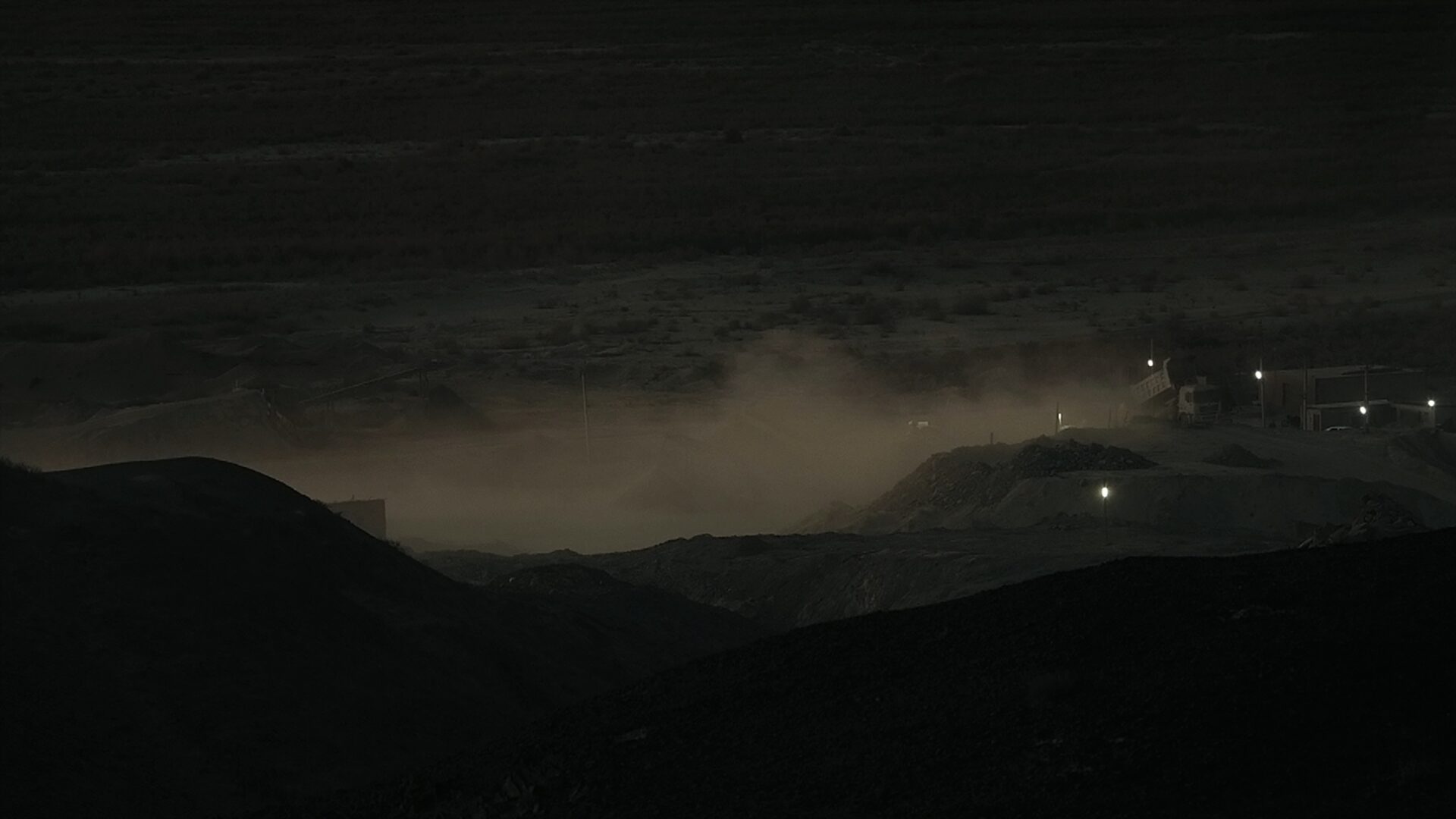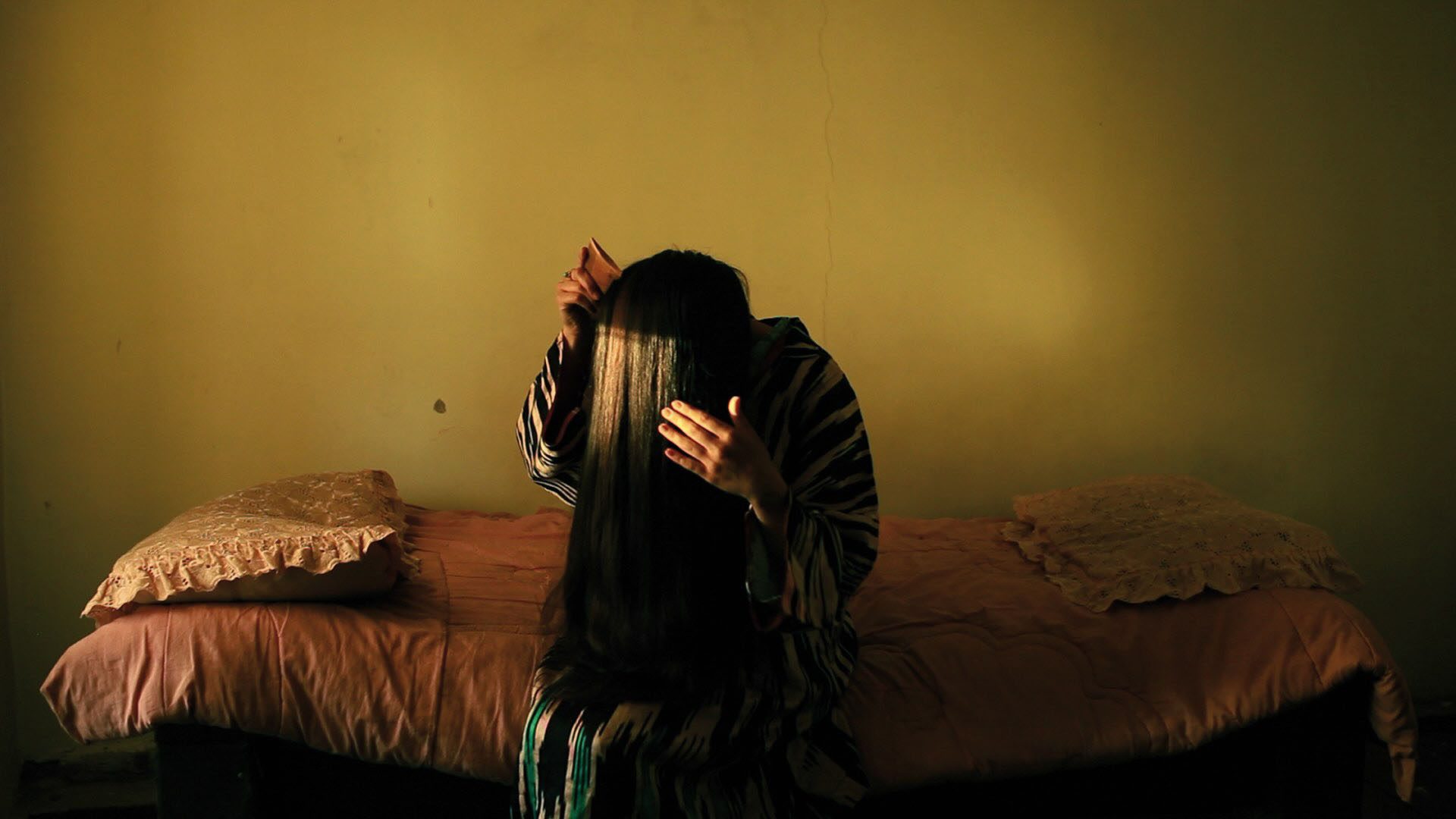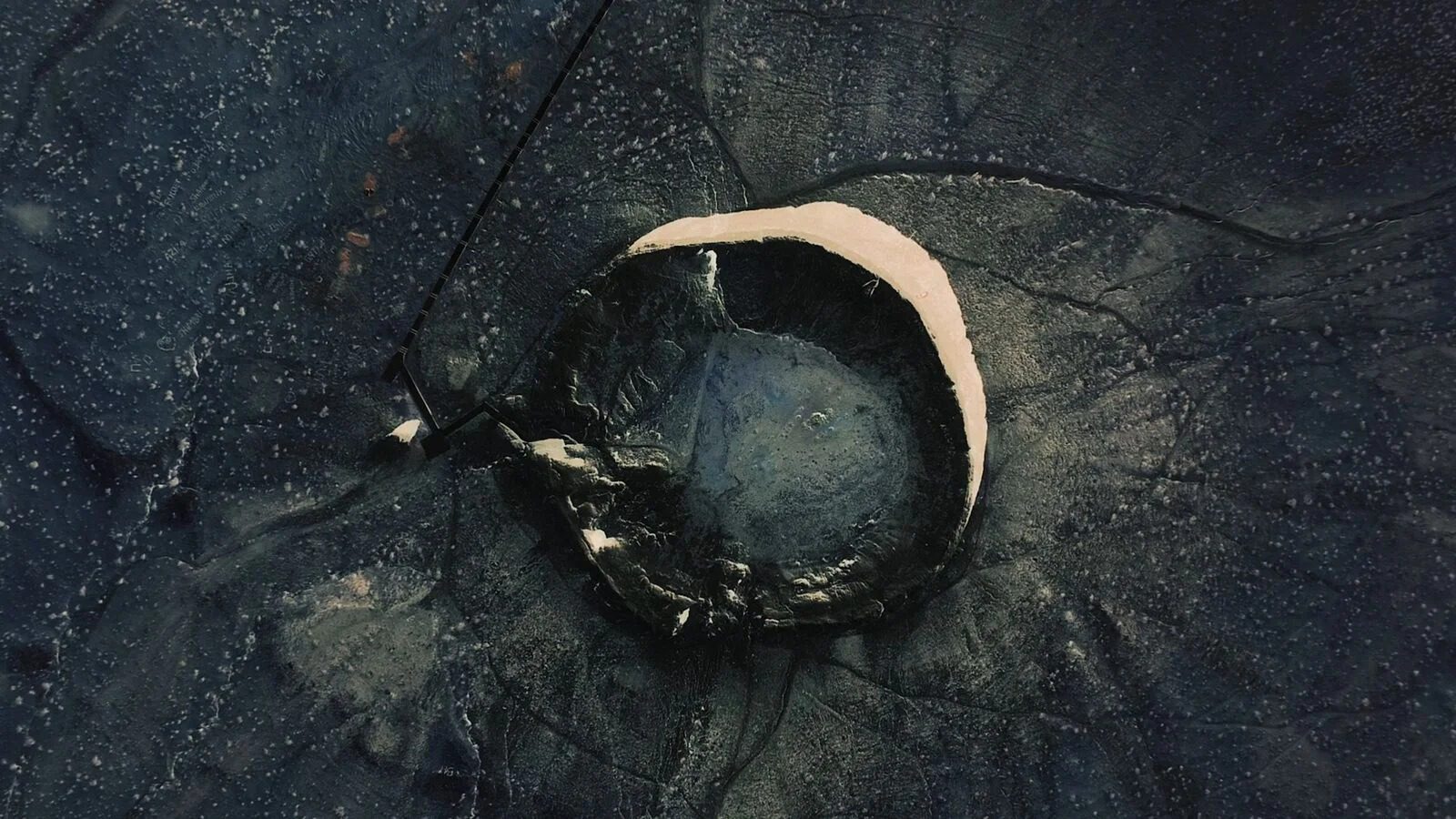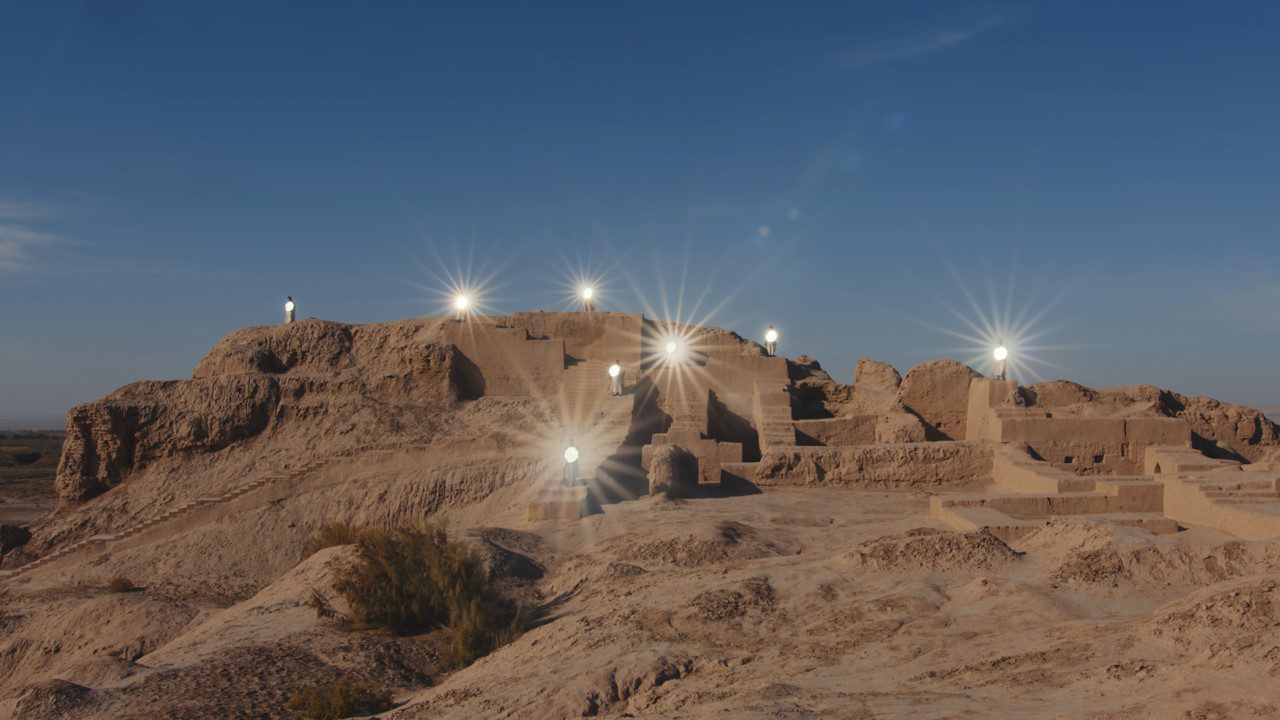At the heart of Saodat Ismailova’s first solo UK institutional exhibition, As We Fade, opening at BALTIC, is a meditation on thresholds, transitions and the suspended state of being where history and myth converge. The exhibition, which runs from 8 November 2025 until 7 June 2026, unfolds around the world premiere of Swan Lake (2025), a double-channel film that juxtaposes the remnants of post-Soviet Central Asia with intimate visions of collective memory, loss and hope. Alongside key works such as Zukhra (2013), As We Fade (2024) and Melted into the Sun (2024), Ismailova investigates the political and psychic tremors of her homeland and the fragile spaces where consciousness can flourish or be manipulated.
Memory and time converge in Swan Lake, which reconfigures existing films from Uzbekistan and the wider post-Soviet world to trace Perestroika, a period of ideological collapse, cultural suppression and extraordinary resilience. Figures like the hypnotist Kashpirovsky, the rock band Kino and the ballet Swan Lake, broadcast almost continuously across the Soviet Union, appear as spectral witnesses to upheaval. In Ismailova’s hands, these fragments become living conduits, threading personal and collective consciousness into suspended states hovering between visible and invisible worlds.

Born in Tashkent in 1981, Ismailova came of age amid dramatic political change and now divides her life between Paris and Tashkent. Her multidisciplinary practice spans film, installation, sculpture and sound, grounded in research-intensive engagement with archives, oral storytelling and local rituals. Women frequently occupy central roles in her narratives, embodying knowledge systems historically suppressed in the march toward modernity. Motifs of water, void and threshold recur, functioning as metaphors for cultural memory and frameworks through which environmental and social change can be explored.
Her work resonates with other contemporary artists exploring history and memory. Apichatpong Weerasethakul weaves myth and memory into dreamlike socio-political narratives, while Walid Raad interrogates historical archives to challenge collective memory. Shirin Neshat examines women’s narratives within political and cultural contexts through film and photography. Positioned among these peers, Ismailova foregrounds Central Asian histories within the global contemporary art discourse.

Presenting Ismailova’s first solo UK institutional show strengthens BALTIC’s resonance nationally and internationally. The exhibition highlights underrepresented voices and situates Central Asian cultural production within a wider discourse, prompting reassessment of geopolitical and artistic narratives often marginalised in mainstream art history. Internationally, it positions her alongside major biennales, such as Venice and Sharjah, reinforcing the significance of her explorations of memory, transition and myth.
The works themselves explore impermanence and continuity. In As We Fade (2024), traces of personal and communal histories emerge in ephemeral forms. Zukhra (2013) draws on pre-Islamic Central Asian myth to articulate spiritual and cultural resilience amid political erasure. Melted into the Sun (2024) merges environmental consciousness with spiritual enquiry, reflecting the artist’s ongoing engagement with ecological change and human impact on the natural world. Together, the works confront displacement, cultural loss, and hope, drawing viewers into liminal spaces where reflection and empathy intersect.
Methodological rigor underpins this exhibition. Ismailova’s founding of the research group Davra in 2021 demonstrates a sustained commitment to documenting and disseminating Central Asian knowledge systems. By foregrounding oral traditions, archival research, and ritual, she challenges Western-centric frameworks of contemporary art, positioning the artist as both historian and storyteller.

The exhibition negotiates temporal and spatial dimensions of history. Its sensory density – through film, sound and installation – situates viewers in a suspended present, caught between what has been lost and what endures in memory. In these liminal spaces, As We Fade attains emotional and intellectual power, inviting audiences to witness, inhabit and comprehend histories often occluded from dominant narratives, and affirming Ismailova’s role as a vital interpreter of cultural memory.
As We Fade constructs a universe where myth and history coexist, revealing human and cultural traces left by political and environmental upheaval. By presenting Ismailova’s voice at the centre of its galleries, BALTIC reaffirms its legacy of presenting pioneering contemporary art, whilst inviting audiences to reconsider Central Asian histories and the broader intersections of time, memory and imagination.
Saodat Ismailova: As We Fade is at Baltic Centre for Contemporary Art, Gateshead
8 November – 7 June 2026
Words: Anna Müller
Image Credits:
1. Saodat Ismailova, Melted into the Sun, 2024. Photo: © Saodat Ismailova, courtesy the artist.
2. Saodat Ismailova, Melted into the Sun, 2024. Photo: © Saodat Ismailova, courtesy the artist.
3. Saodat Ismailova, Zukhra, 2013. Photo: © Saodat Ismailova, courtesy the artist.
4. Saodat Ismailova, Melted into the Sun, 2024. Photo: © Saodat Ismailova, courtesy the artist.





